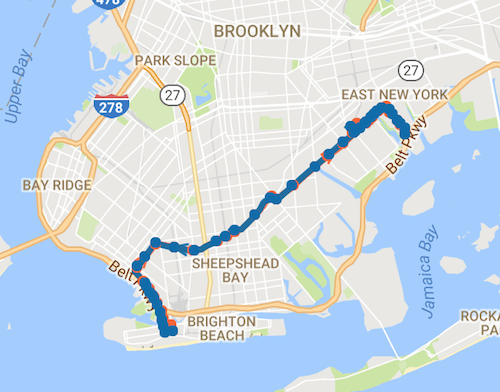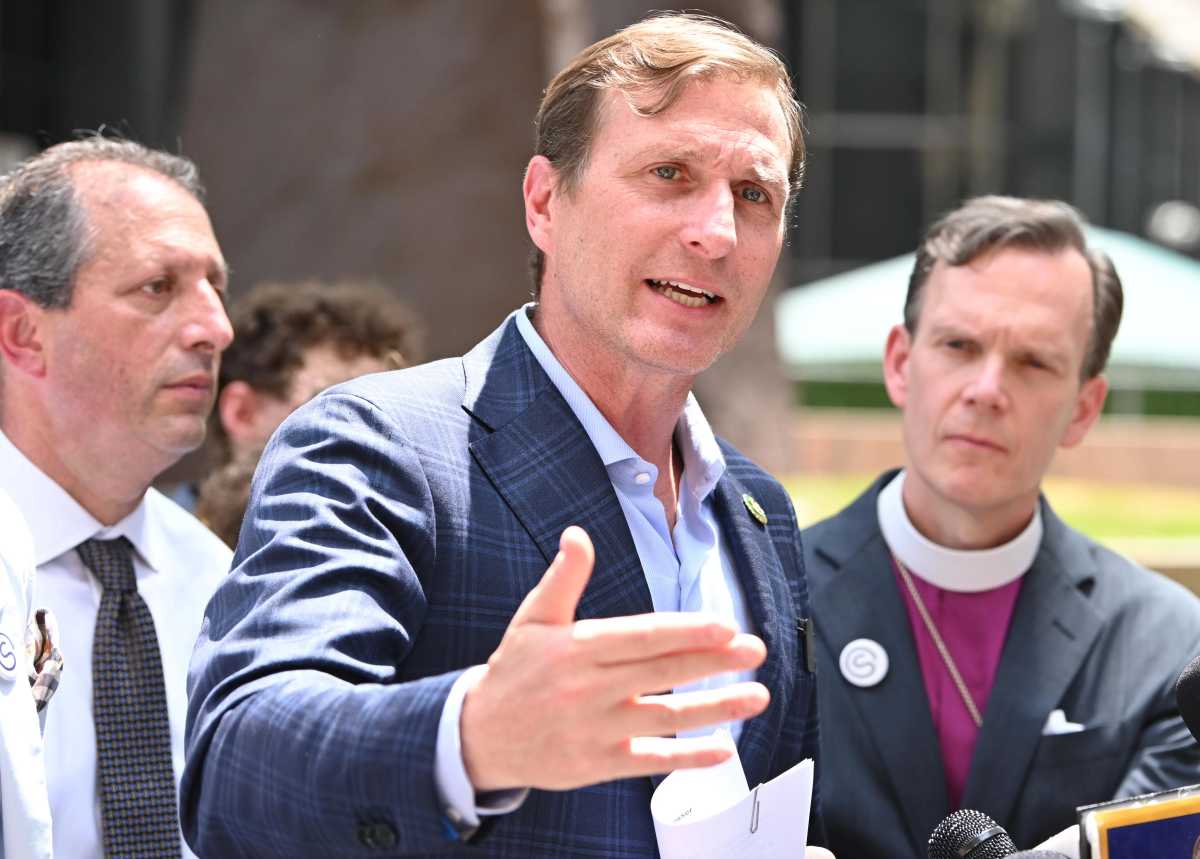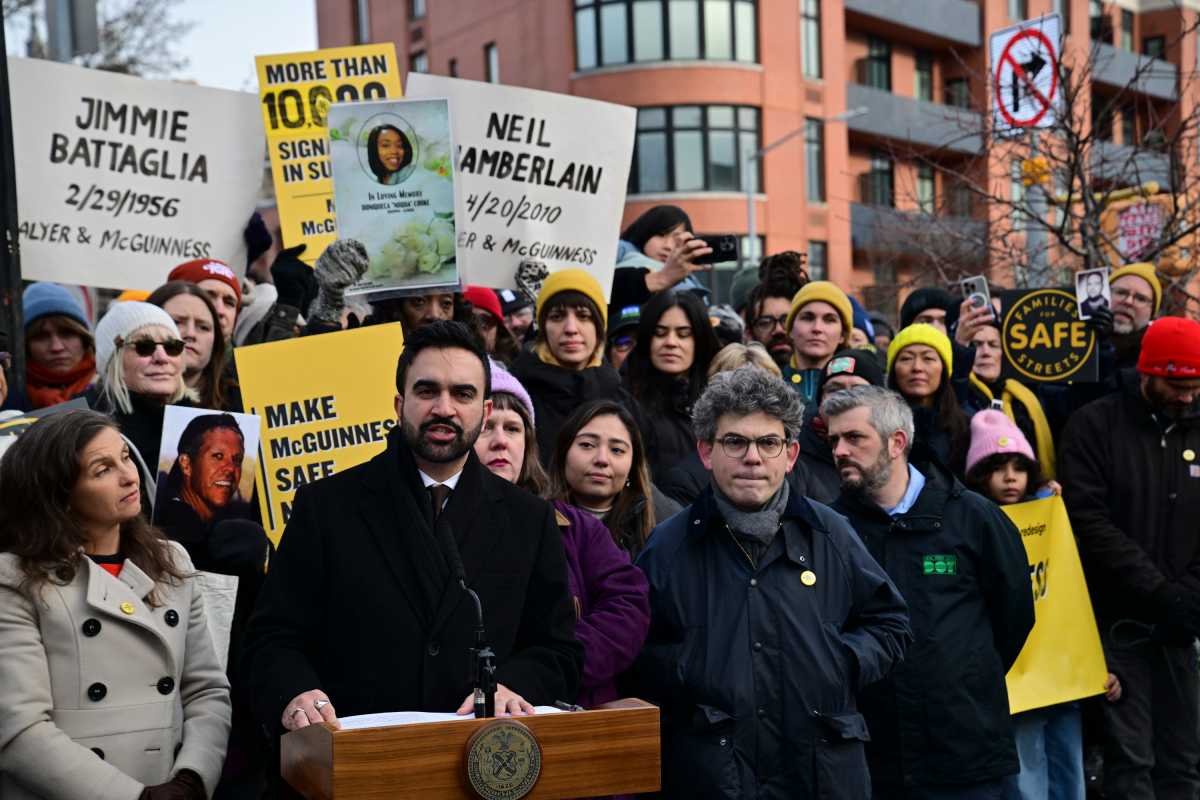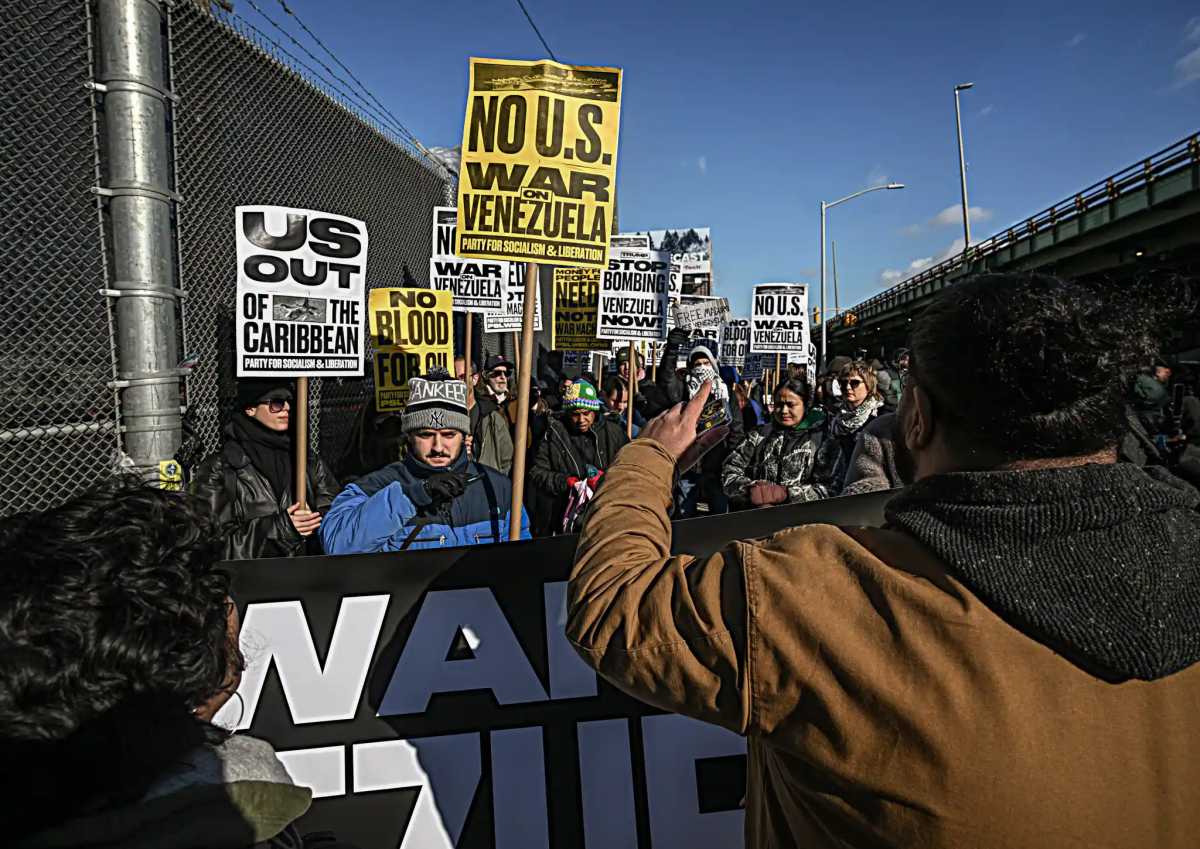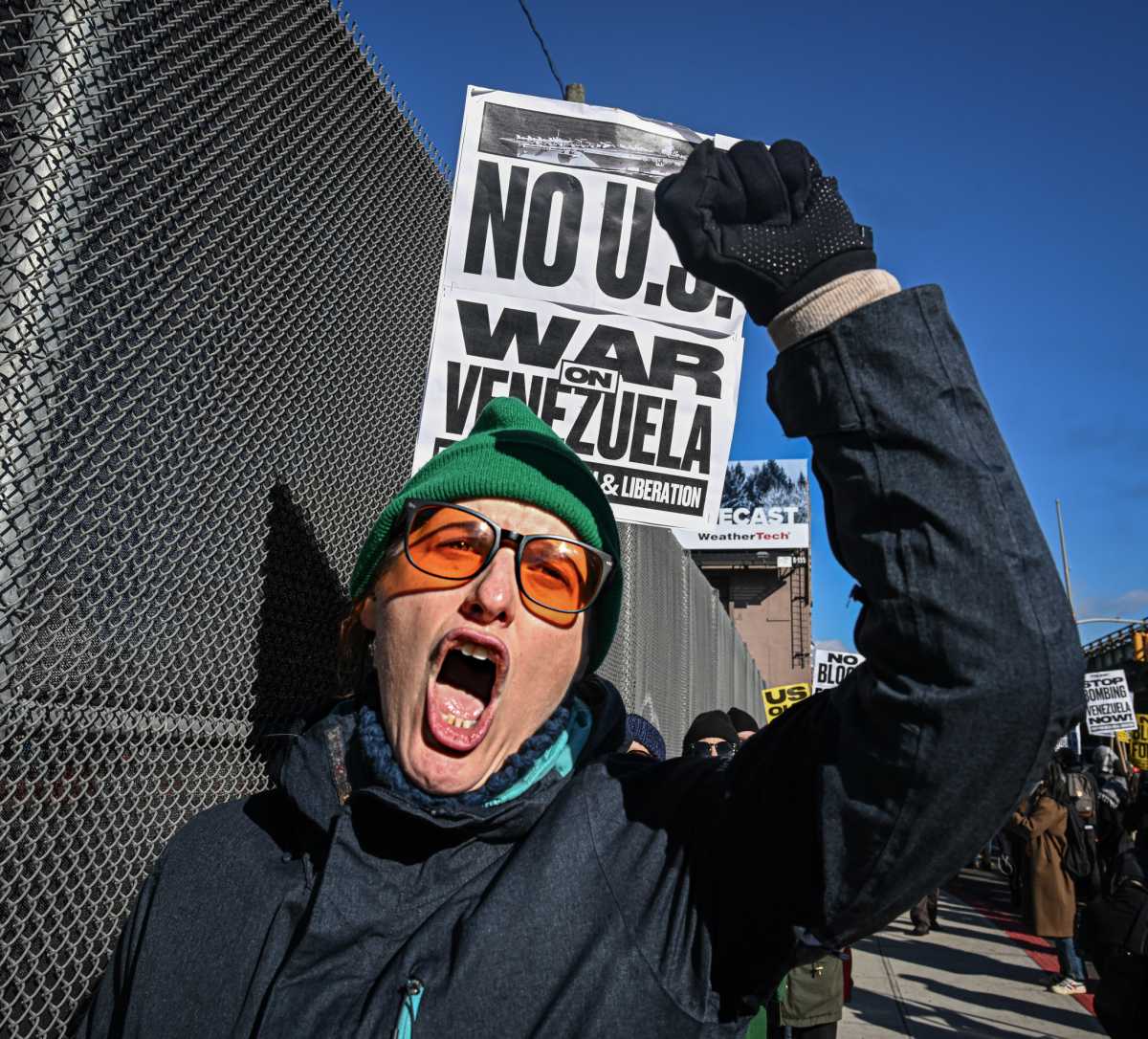Assemblyman William Colton (D-Gravesend, Bath Beach, Bensonhurst, Dyker Heights) announced yesterday the two alternatives proposed by the Metropolitan Transportation Authority (MTA) and Department of Transportation (DOT) for Select Bus Service (SBS) on the B82 route along Kings Highway.

The B82 route runs through major arteries of southern Brooklyn from Coney Island through Bath Beach and Bensonhurst and then along Kings Highway between Marine Park, Midwood, Flatbush and East Flatbush up Flatlands Avenue through Flatlands and Canarsie before ending at Spring Creek Gardens, formerly Starrett City.
The first option includes: peak hour bus-only lanes along 17 blocks, a net loss of 126 parking spaces, creating 39 commercial loading zones and banning left turns at 17 intersections.
The second option proposes: 7 a.m. – 7 p.m. everyday bus lanes on nine blocks (adjacent to train stations), a net loss of 81 parking spaces, creating 40 commercial loading zones and banning left turns at 17 intersections.
“Together, we must demand that the MTA return to the communities affected by this change to give them input into the revised plans, so the quality of the lives of both residents and commuters can be improved,” said Colton.

City Councilman Chaim Deutsch (D-Sheepshead Bay, Manhattan Beach, Brighton Beach Midwood), though unsure of either plans potential, is focused on bringing improved transportation services to local residents.
“These two proposed plans are still in the early stages of discussion. It’s a bit premature to make any decisions, but I’ve made it clear to the MTA and DOT that further conversations must be had with community stakeholders, including business owners and residents. The bottom line is that commuters deserve better transit and locals deserve to maintain their quality of life. Both of these goals can be achieved if we work as team,” said Deutsch.
Initially, the SBS service was to be introduced in July, with peak hour (7-10 a.m. & 4-7 p.m. Mon-Fri) bus-only lanes along 28 blocks, a net loss of 169 parking spaces and creating 27 commercial loading zones.
However, after protests in April, the MTA decided to delay its implementation decision and returned with the following alternatives at a meeting with local electeds last Friday.
“Community outrage expressed by this office at meetings and rallies, in petitions, letter writing, and comments on their own website, resulted in the MTA responding to the concerns of the people,” added Colton.


